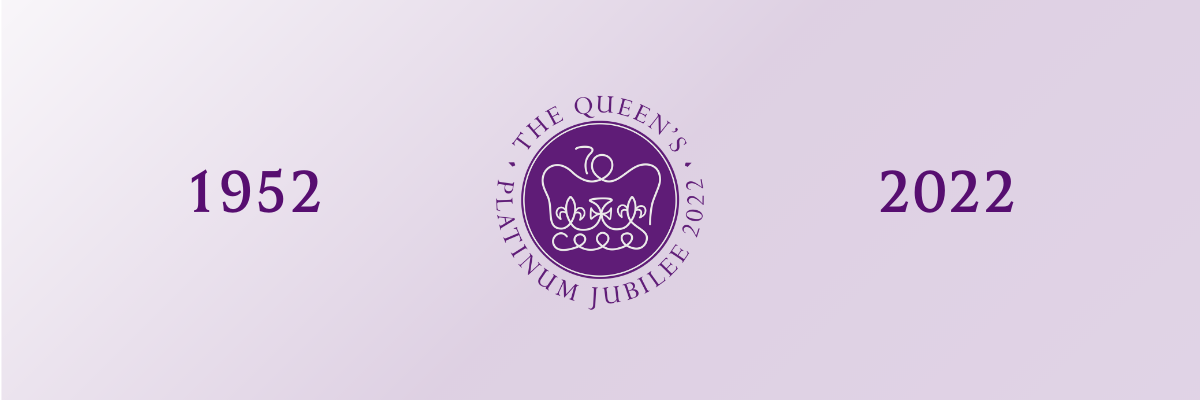Back in the Day!

While our Head of State has remained the same since 1952, wider society and its behaviours has changed dramatically.
As we celebrate the Queen’s Platinum Jubilee, we thought we would take a look at how life has changed from a country still shaking off the effects of war to one of advancing technology and globalisation.
People
In 1952 the UK population was 50.4m compared to 67.8m today.
Life expectancy of a man born in 1952 was 79 and a woman could be expected to live until 83. A man born today can expect to live to the age of 91 and a woman until 94.
Despite employees no longer having to retire at 65, women are still retiring at around 63, the same as in 1952 and men are now leaving the workforce at around 65, two years earlier than 70 years ago.
Money
The cash machine didn’t appear until 15 years after the Queen’s ascension, the first one arriving in London in 1967. Numbers peaked in 2017, when there were over 70,000 ATMs in the UK. They are now on the decline and there are now approximately 52,000 ATMs across the country.
Cheque usage has also seen a rise and fall during the Queens reign. Four billion cheques were written in 1990, this number decreased to just 185 million last year.
Paper has been replaced by plastic. The UK’s first credit card appeared in 1966 and debit cards were launched in 1987 with 69% of the population using credit cards and 98% using credit cards today.
In 1952, the average man working full time earned £452 pa, less than £9 a week. For the average female worker the average salary was £240 pa. As a comparison in 2022, the average annual salary is over £31,000.
At the start of the Queen’s reign, the basic state pension for a single person was £1.63 a week and a married couple received £2.70 a week. Today the equivalent pension payments are £141.85 a week for a single person and £226.85 for a married couple.
Spending
In 1952, the average cost of a house was around £1,891, approx. £57,000 in ‘today’s money’ accounting for inflation. The average house price in the UK currently stands at around £277,000.
Early in the Queen’s reign, some foods were still rationed and the availability of many others was limited. In 1952, a pint of milk cost 4d, and a pint of beer 9d. Today you can expect to pay 69p for your pint of milk and around £4.00 or more for a pint of beer.
If you were posting a letter it would have cost you 2½d in 1952, when there was no 1st or 2nd class post. The cost of a 1st class stamp today is 95p and 2nd class is 68p.
If you are thinking of getting married this year, recent research estimates it will cost over £17,000 in the 1950s the cost was estimated to be around £70.


